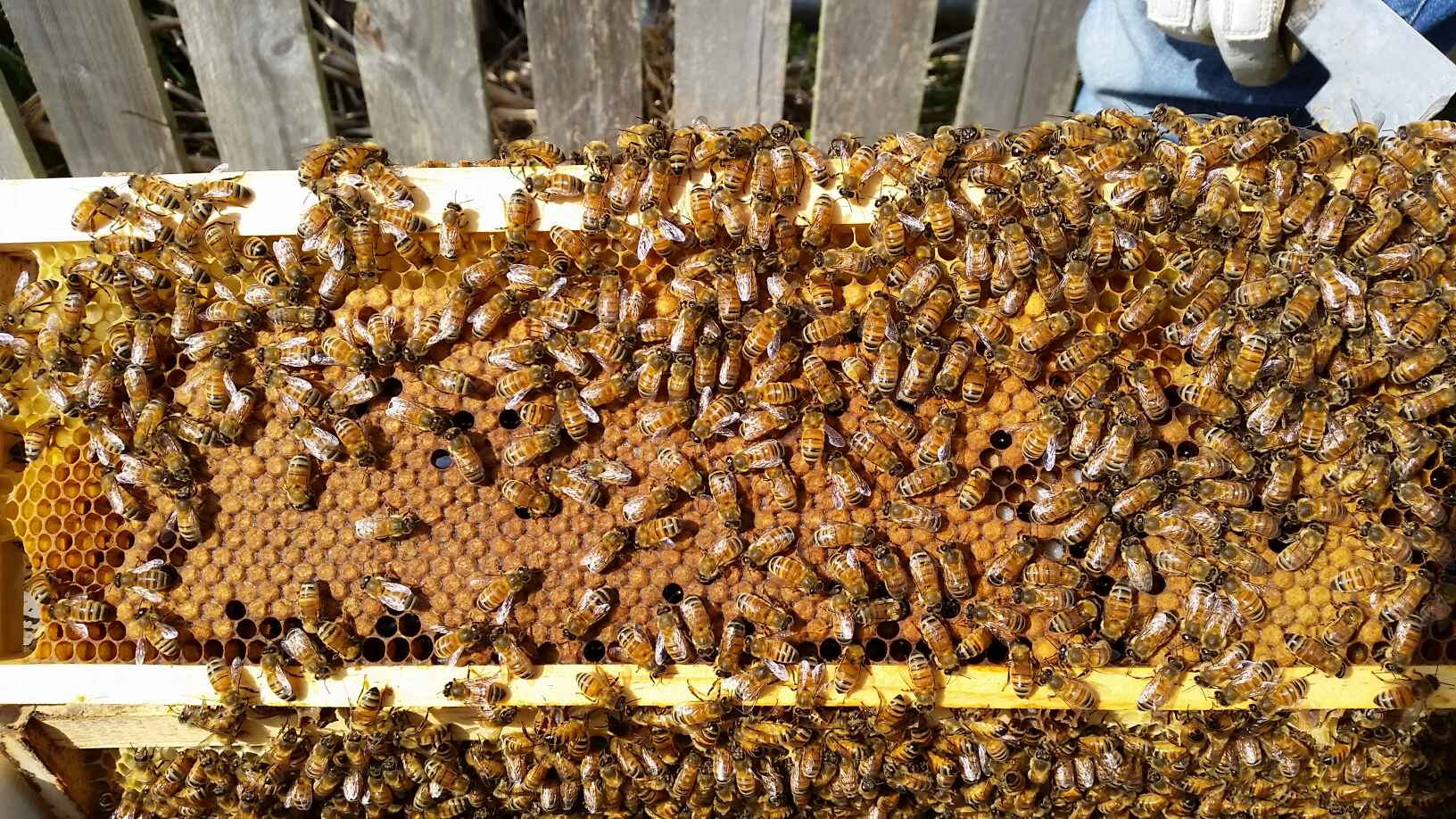Reading the Swarm
/Reading a Swarm
Some of us just love collecting swarms. They are part of my bee services and I find them forever fascinating. Let me share some of my experience so you may understand swarm behaviour. Swarming is a natural process of reproduction driven primarily by the abundance of good forage in any year. The first swarm from a hive is a large primary one with the old queen. Following this, the original colony may cast smaller, weaker secondary swarms.
The swarm first assembles close to the hive and settle into one clump. The bees will be calm with low amounts of activity on their surface. Scout bees then start their search for a new home and will return reporting to the colony. They do this using the waggle dance. Hundreds of scout bees means hundreds of dancing bees on the outer parts of the swarm cluster. Bees will continue to come and go until a suitable place is found and they all agree on their choice of the home. At this point swarm behaviour changes. If you watch and listen you will hear small beeping noises from bees at the surface. The bees will use their head to bump the dancing bees and beep, indicating for dancing to stop. The sound is quite distinct and readily heard. Soon after, a new action starts as bees shake each other into a frenzy for flying to the new home. Swarms are desperate to move to a safer place, and they usually do so within hours and sometimes up to 20 hour later, so if you wish to collect a swarm you need to act quickly before they move on. I use these stages where there is no other information to indicate how long the swarm has been there or when bees have been in the swarm cluster for some hours.
Go catch a swarm


